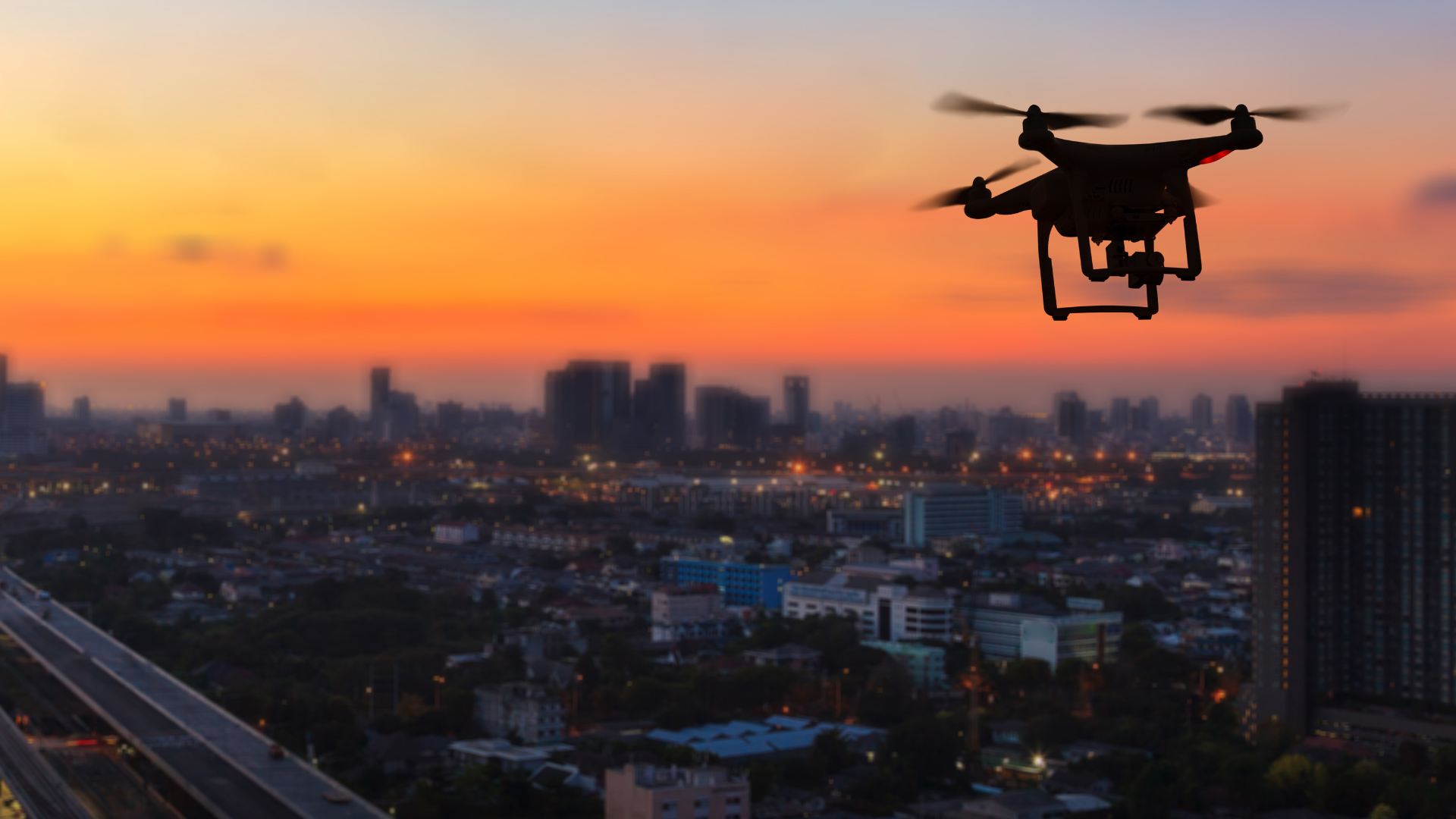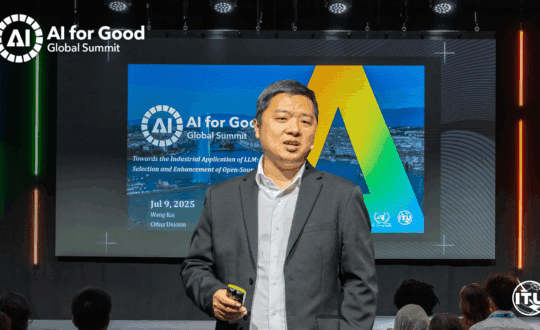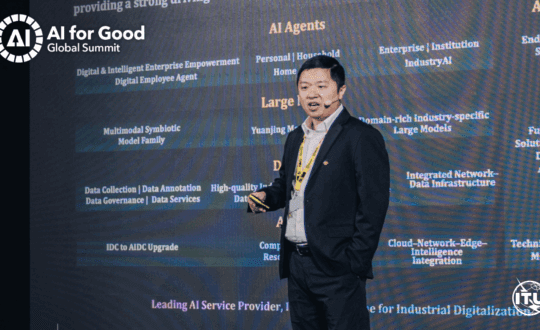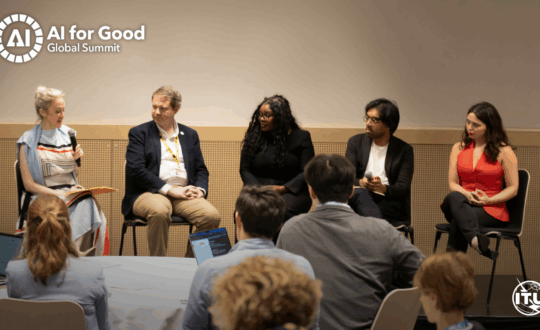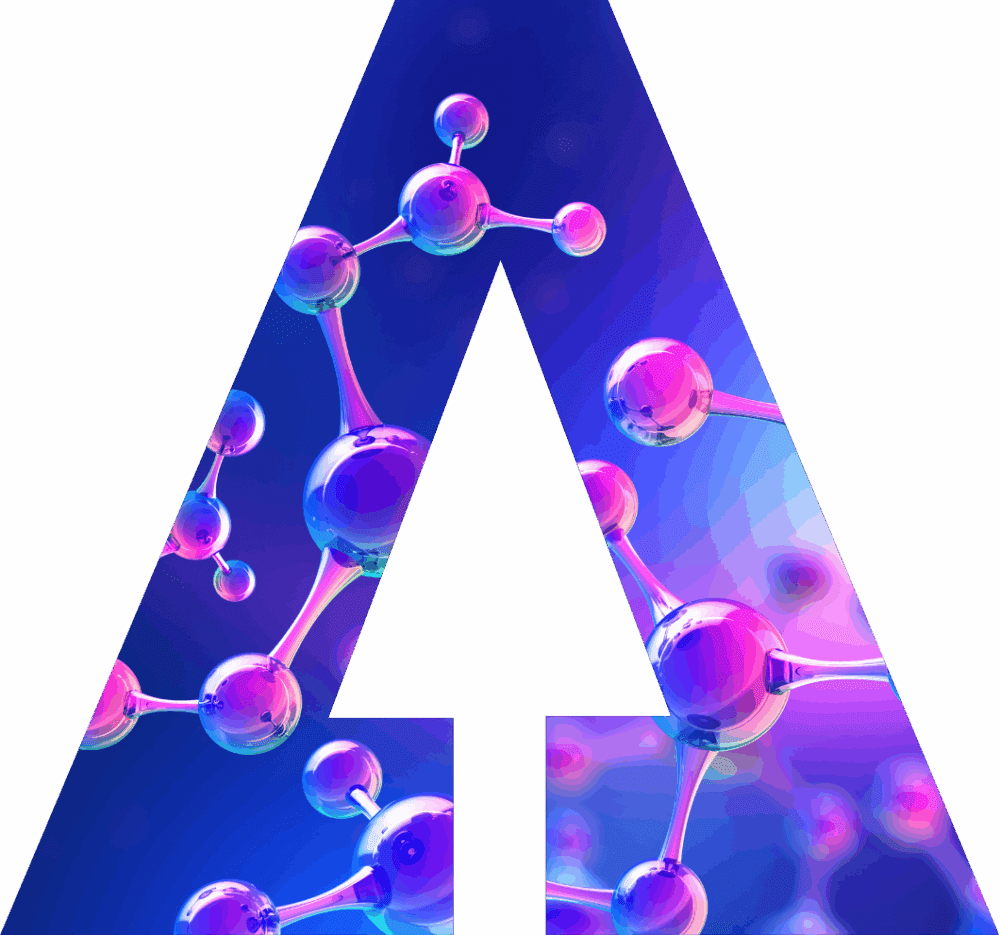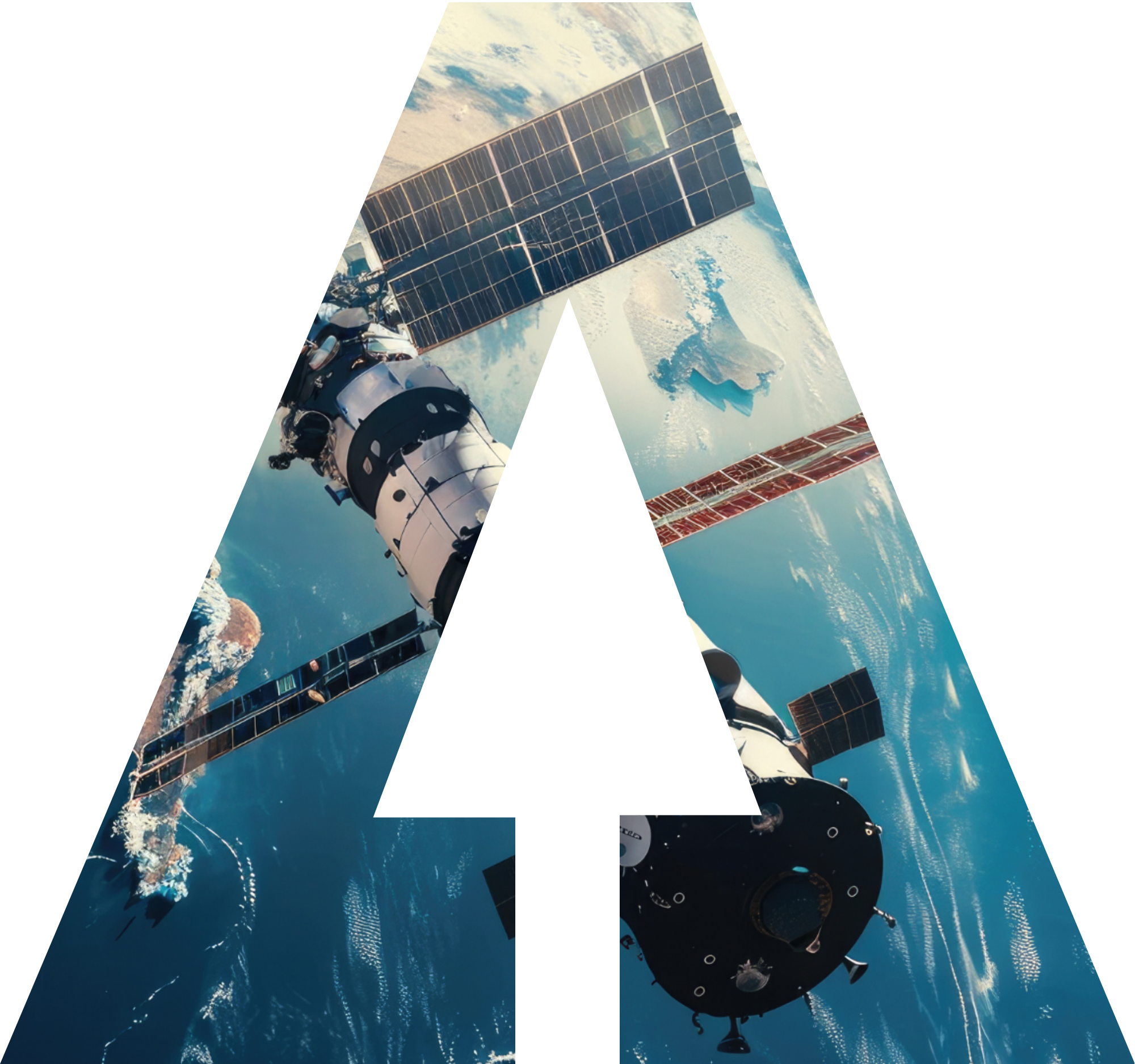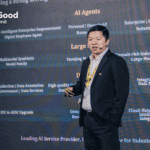Infrastructure underpins modern society and helps deliver essential services that support human well-being and economic resilience. From roads to railways to ports and power grids, infrastructure systems are becoming increasingly vulnerable because of the growing intensity and frequency of natural disasters around the world.
The latest report from the Deloitte Center for Sustainable Progress, AI for infrastructure resilience, finds that natural disasters could cause approximately US$460 billion in average annual losses to infrastructure globally by 2050. That figure represents more than an economic burden—it can affect communities and livelihoods, disrupt essential systems, and create barriers to progress. However, leaders have an opportunity to enhance infrastructure resilience by investing in and applying AI at scale – the report states that doing so could help prevent about 15% of those projected losses, representing approximately US$70 billion in potential savings annually.
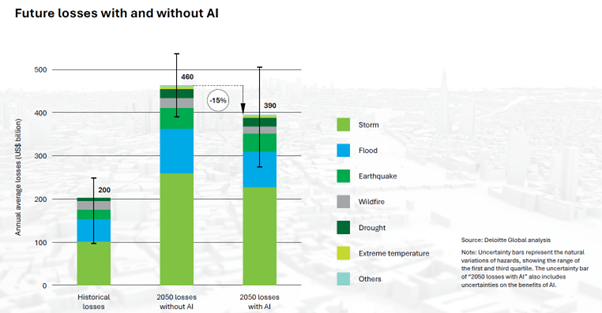
Embedding AI across the infrastructure lifecycle
The analysis shows that making strategic investments in AI has the potential to reduce losses from storms and floods—two of the most damaging natural hazards worldwide—by as much as US$50 billion per year. These savings can be achieved by embedding AI into the planning and response phases of infrastructure resilience. However, the report highlights how AI can be applied across the full infrastructure lifecycle—from planning to response and recovery—helping to prevent losses from a wide array of natural hazards. These end-to-end applications of AI are already in use today, representing a shift from reactive measures to proactive infrastructure resilience:
- Plan: AI is already helping transform early risk detection and is enabling smarter design and predictive maintenance. Tools like digital twins, AI-enhanced urban planning, and machine learning models can help assess potential vulnerabilities before infrastructure is even built. For example, city planners in Lisbon used a digital twin to simulate flood occurrences under current and future scenarios to develop a sophisticated drainage plan. This application of AI could help to mitigate up to 20 floods over the next century, which translates into potential savings of more than US$100 million in damage over this period.
- Respond: During a disaster, AI can enable early warning systems and real-time monitoring to help accelerate detection of risks and allow authorities to deploy resources more effectively. For example, real-time surveillance of forests with Internet of Things (IoT) sensors and satellites can help detect wildfires early enough to suppress them before they become uncontrollable. According to a study by the Australian National University, faster bushfire detection can help avoid direct losses of between US$100 million and US$300 million each year, depending on detection and reaction times.
- Recover: After the disaster has occurred, AI can help accelerate recovery by prioritizing repairs through near real-time damage assessments and optimized resource allocation. For instance, Deloitte Consulting LLP’s OptoAI tool for post-disaster inspections can help reduce roof repair time by more than half while cutting material overages by 15%-30%. Effective recovery helps ensure that the economic impact of the event is mitigated, allowing the community to return to normal quickly.
By strategically leveraging AI, leaders have the potential to help better prepare our infrastructure to withstand both chronic stress and sudden disasters, whether that is sudden shocks like wildfires or intense storms that can quickly cause substantial damage with hours or days, or a gradual deterioration leading to chronic stress on essential systems that slowly erode their reliability.
The Path Forward
With broader adoption and improved AI capabilities, projected annual savings in direct disaster costs by 2050 could reach as much as US$115 billion, potentially eliminating nearly one-third of disaster-related losses. This research demonstrates the clear economic, environmental, and societal value AI can provide. Leaders should take coordinated action to help ensure minimal disruption before, during and after these events, reinforced with AI models in each key resilience phase: planning, response, and recovery.
As AI capabilities grow, so too can our ambition for how they are applied—not just for efficiency or automation, but for safety, security, and sustainability.
Watch the video here:
Deloitte refers to one or more of Deloitte Touche Tohmatsu Limited (DTTL), its global network of member firms, and their related entities (collectively, the “Deloitte organization”). DTTL (also referred to as “Deloitte Global”) and each of its member firms and related entities are legally separate and independent entities, which cannot obligate or bind each other in respect of third parties. DTTL and each DTTL member firm and related entity is liable only for its own acts and omissions, and not those of each other. DTTL does not provide services to clients. Please see www.deloitte.com/about to learn more.
This communication contains general information only, and none of Deloitte Touche Tohmatsu Limited (DTTL), its global network of member firms or their related entities (collectively, the “Deloitte organization”) is, by means of this communication, rendering professional advice or services. Before making any decision or taking any action that may affect your finances or your business, you should consult a qualified professional adviser.
No representations, warranties or undertakings (express or implied) are given as to the accuracy or completeness of the information in this communication, and none of DTTL, its member firms, related entities, employees or agents shall be liable or responsible for any loss or damage whatsoever arising directly or indirectly in connection with any person relying on this communication. DTTL and each of its member firms, and their related entities, are legally separate and independent entities.
© 2025. For information, contact Deloitte Global.


